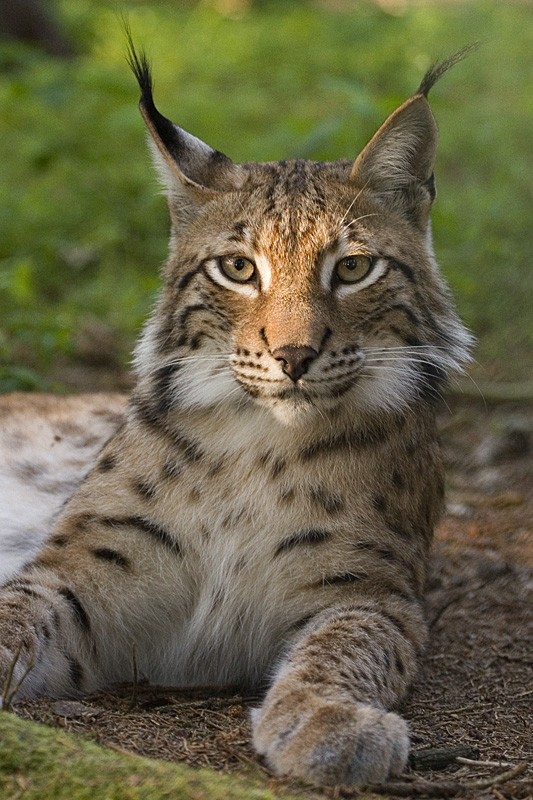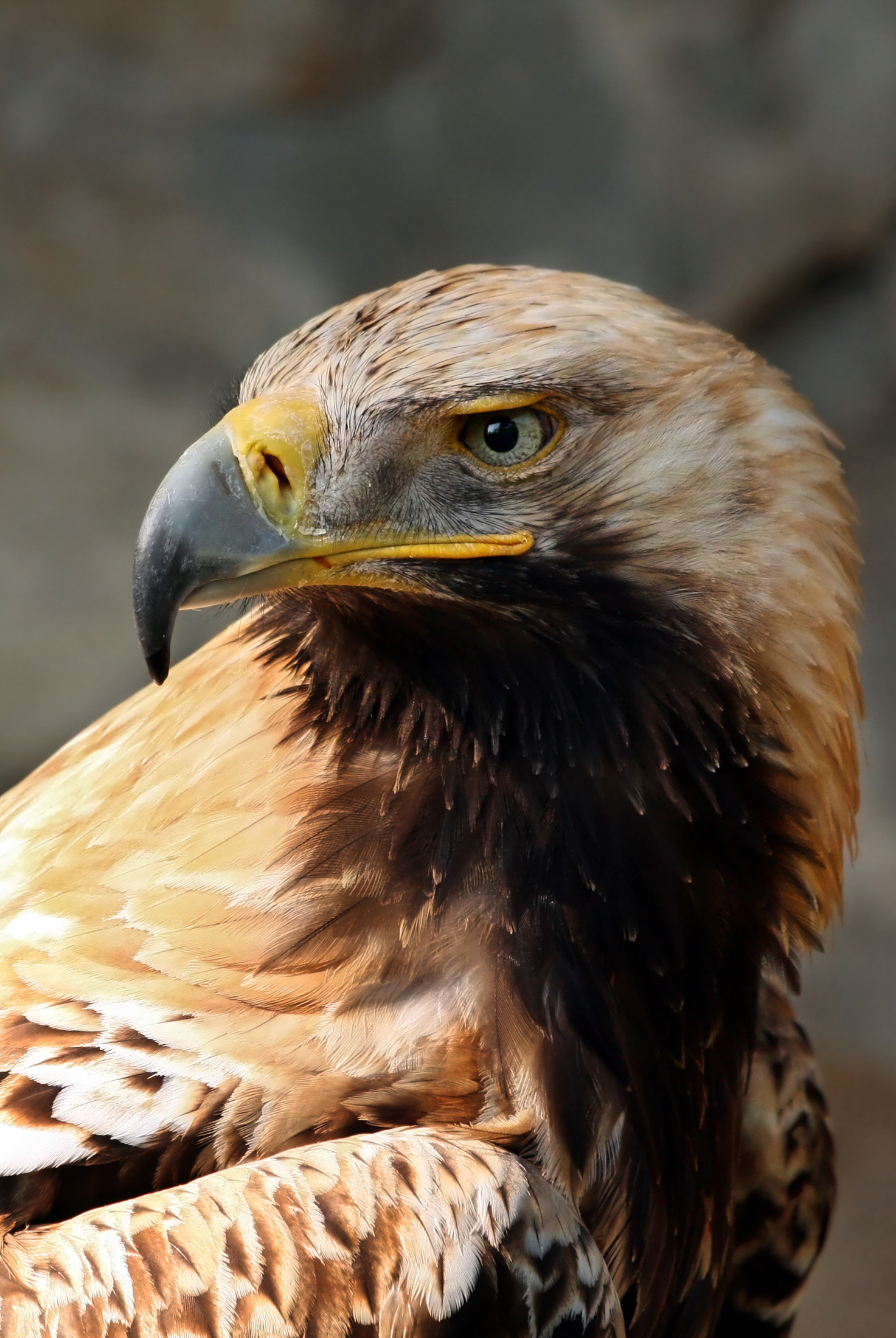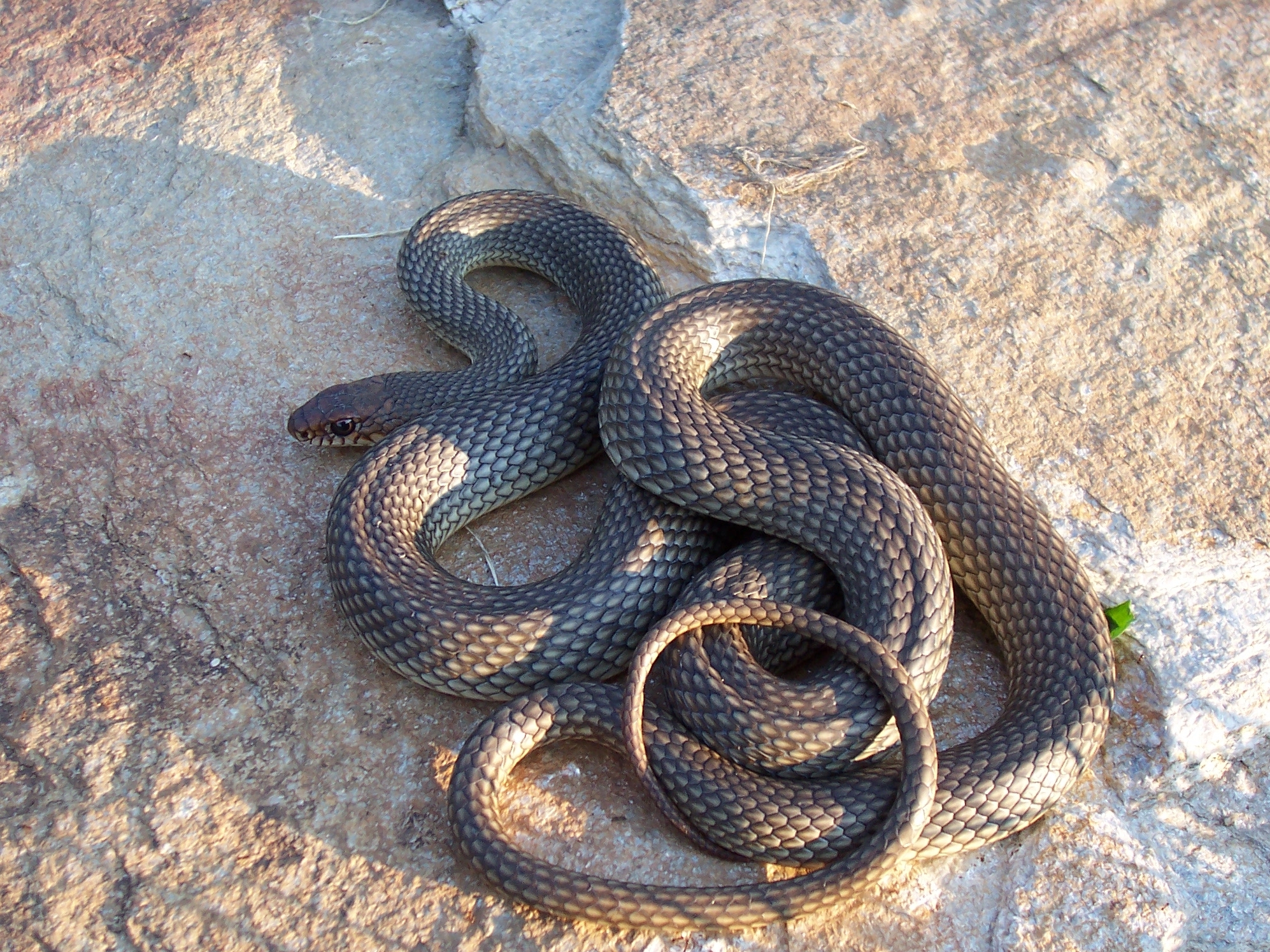|
Fauna Of North Macedonia
The fauna of North Macedonia has a complex Zoogeography, zoogeographical structure. It contains faunal elements of different origins and is characterized by a high degree of Relict (biology), relict and Endemism, endemic forms. Taxonomic diversity is also present; the total number of animal species reported until now is 10,354. The fauna of Macedonian forests is abundant and includes bears, wild boars, wolf, wolves, foxes, squirrels, chamois and deer. The Eurasian lynx, lynx is found, although very rarely, in the mountains of western North Macedonia, while deer can be found in the region of Demir Kapija. Forest birds include the blackcap, the grouse, the black grouse, the Eastern imperial eagle, imperial eagle and the forest owl. See also *List of snakes in North Macedonia *Flora of North Macedonia References {{reflist Fauna of North Macedonia, ... [...More Info...] [...Related Items...] OR: [Wikipedia] [Google] [Baidu] |
Lynx Lynx Poing
A lynx is a type of wild cat. Lynx may also refer to: Astronomy * Lynx (constellation) * Lynx (Chinese astronomy) * Lynx X-ray Observatory, a NASA-funded mission concept for a next-generation X-ray space observatory Places Canada * Lynx, Ontario, an unincorporated place and railway point * Lynx Mountain, in the Canadian Rockies * Lynx Lake (Northwest Territories) * Lynx Formation, a stratigraphical unit in western Canada United States * Lynx, Ohio, a census-designated place * Lynx Lake (Arizona), a reservoir Antarctica * Lynx Rocks, South Shetland Islands, Antarctica Transport Vehicles * Leyland Lynx, a model of single-decker bus produced by British Leyland in the 1980s and 1990s * Mercury Lynx, a model of car * Mitsubishi Lynx, a 1993 Mitsubishi Motors concepts, Mitsubishi Motors concept car * GWR no. 2109 Lynx, a South Devon Railway Eagle class steam locomotive * Lynx (tall ship), ''Lynx'' (tall ship), an interpretation of the 1812 privateer schooner, launched in 2001 * Lyn ... [...More Info...] [...Related Items...] OR: [Wikipedia] [Google] [Baidu] |
Eastern Imperial Eagle
The eastern imperial eagle (''Aquila heliaca'') is a large bird of prey that breeds in southeastern Europe and extensively through West and Central Asia. Most populations are migratory and winter in northeastern Africa, the Middle East and South and East Asia. Like all eagles, the eastern imperial eagle is a member of the family Accipitridae. Furthermore, its well feathered legs mark it as a member of the subfamily Aquilinae. It is a large, dark-colored eagle, with a resemblance to other members of the genus '' Aquila'' but it is usually the darkest species in its range.Forsman, D. (1999). ''The raptors of Europe and the Middle East: a handbook of field identification''. London: T & AD Poyser. This is an opportunistic predator that mostly selects smallish mammals as prey but also a fairly large proportion of birds, reptile and other prey types, including carrion. Compared to other ''Aquila'' eagles, it has a strong preference for the interface of tall woods with plains and other op ... [...More Info...] [...Related Items...] OR: [Wikipedia] [Google] [Baidu] |
List Of Snakes In North Macedonia
This is a list of snakes in North Macedonia. In the country there are 16 species of snakes, of which three are venomous. Snakes In North Macedonia there are 16 species of snakes: on kralemarko.org.mk See also * *Fauna of North Macedonia
The fauna of North Macedonia has a complex Zoogeography, zoogeographical structure. It contains faunal elements of different origins and is characterized by a high degree of Relict (biology), relict and Endemism, endemic forms. Taxonomic diversity ... ...
[...More Info...] [...Related Items...] OR: [Wikipedia] [Google] [Baidu] |
Chordata
A chordate () is an animal of the phylum Chordata (). All chordates possess, at some point during their larval or adult stages, five synapomorphies, or primary physical characteristics, that distinguish them from all the other taxa. These five synapomorphies include a notochord, dorsal hollow nerve cord, endostyle or thyroid, pharyngeal slits, and a post-anal tail. The name “chordate” comes from the first of these synapomorphies, the notochord, which plays a significant role in chordate structure and movement. Chordates are also Bilateral symmetry, bilaterally symmetric, have a coelom, possess a circulatory system, and exhibit Metameric, metameric segmentation. In addition to the morphological characteristics used to define chordates, analysis of genome sequences has identified two conserved signature indels (CSIs) in their proteins: cyclophilin-like protein and mitochondrial inner membrane protease ATP23, which are exclusively shared by all vertebrates, tunicates and cep ... [...More Info...] [...Related Items...] OR: [Wikipedia] [Google] [Baidu] |
Arthropoda
Arthropods (, (gen. ποδός)) are invertebrate animals with an exoskeleton, a Segmentation (biology), segmented body, and paired jointed appendages. Arthropods form the phylum Arthropoda. They are distinguished by their jointed limbs and Arthropod cuticle, cuticle made of chitin, often Mineralization (biology), mineralised with calcium carbonate. The arthropod body plan consists of segments, each with a pair of appendages. Arthropods are bilaterally symmetrical and their body possesses an exoskeleton, external skeleton. In order to keep growing, they must go through stages of moulting, a process by which they shed their exoskeleton to reveal a new one. Some species have wings. They are an extremely diverse group, with up to 10 million species. The haemocoel, an arthropod's internal cavity, through which its haemolymph – analogue of blood – circulates, accommodates its interior Organ (anatomy), organs; it has an open circulatory system. Like their exteriors, the internal or ... [...More Info...] [...Related Items...] OR: [Wikipedia] [Google] [Baidu] |
Mollusc
Mollusca is the second-largest phylum of invertebrate animals after the Arthropoda, the members of which are known as molluscs or mollusks (). Around 85,000 extant species of molluscs are recognized. The number of fossil species is estimated between 60,000 and 100,000 additional species. The proportion of undescribed species is very high. Many taxa remain poorly studied. Molluscs are the largest marine phylum, comprising about 23% of all the named marine organisms. Numerous molluscs also live in freshwater and terrestrial habitats. They are highly diverse, not just in size and anatomical structure, but also in behaviour and habitat. The phylum is typically divided into 7 or 8 taxonomic classes, of which two are entirely extinct. Cephalopod molluscs, such as squid, cuttlefish, and octopuses, are among the most neurologically advanced of all invertebrates—and either the giant squid or the colossal squid is the largest known invertebrate species. The gastropods ... [...More Info...] [...Related Items...] OR: [Wikipedia] [Google] [Baidu] |
Nematoda
The nematodes ( or grc-gre, Νηματώδη; la, Nematoda) or roundworms constitute the phylum Nematoda (also called Nemathelminthes), with plant-parasitic nematodes also known as eelworms. They are a diverse animal phylum inhabiting a broad range of environments. Less formally, they are categorized as Helminths, but are taxonomically classified along with arthropods, tardigrades and other moulting animals in the clade Ecdysozoa, and unlike flatworms, have tubular digestive systems with openings at both ends. Like tardigrades, they have a reduced number of Hox genes, but their sister phylum Nematomorpha has kept the ancestral protostome Hox genotype, which shows that the reduction has occurred within the nematode phylum. Nematode species can be difficult to distinguish from one another. Consequently, estimates of the number of nematode species described to date vary by author and may change rapidly over time. A 2013 survey of animal biodiversity published in the mega jou ... [...More Info...] [...Related Items...] OR: [Wikipedia] [Google] [Baidu] |
Rotifera
The rotifers (, from the Latin , "wheel", and , "bearing"), commonly called wheel animals or wheel animalcules, make up a phylum (Rotifera ) of microscopic and near-microscopic pseudocoelomate animals. They were first described by Rev. John Harris in 1696, and other forms were described by Antonie van Leeuwenhoek in 1703. Most rotifers are around long (although their size can range from to over ), and are common in freshwater environments throughout the world with a few saltwater species. Some rotifers are free swimming and truly planktonic, others move by inchworming along a substrate, and some are sessile, living inside tubes or gelatinous holdfasts that are attached to a substrate. About 25 species are colonial (e.g., '' Sinantherina semibullata''), either sessile or planktonic. Rotifers are an important part of the freshwater zooplankton, being a major foodsource and with many species also contributing to the decomposition of soil organic matter. Most species of the roti ... [...More Info...] [...Related Items...] OR: [Wikipedia] [Google] [Baidu] |
Nemertini
Nemertea is a phylum of animals also known as ribbon worms or proboscis worms, consisting of 1300 known species. Most ribbon worms are very slim, usually only a few millimeters wide, although a few have relatively short but wide bodies. Many have patterns of yellow, orange, red and green coloration. The foregut, stomach and intestine run a little below the midline of the body, the anus is at the tip of the tail, and the mouth is under the front. A little above the gut is the rhynchocoel, a cavity which mostly runs above the midline and ends a little short of the rear of the body. All species have a proboscis which lies in the rhynchocoel when inactive but everts to emerge just above the mouth to capture the animal's prey with venom. A highly extensible muscle in the back of the rhynchocoel pulls the proboscis in when an attack ends. A few species with stubby bodies filter feed and have suckers at the front and back ends, with which they attach to a host. The brain is a ri ... [...More Info...] [...Related Items...] OR: [Wikipedia] [Google] [Baidu] |
Cnidaria
Cnidaria () is a phylum under kingdom Animalia containing over 11,000 species of aquatic animals found both in freshwater and marine environments, predominantly the latter. Their distinguishing feature is cnidocytes, specialized cells that they use mainly for capturing prey. Their bodies consist of mesoglea, a non-living jelly-like substance, sandwiched between two layers of epithelium that are mostly one cell thick. Cnidarians mostly have two basic body forms: swimming medusae and sessile polyps, both of which are radially symmetrical with mouths surrounded by tentacles that bear cnidocytes. Both forms have a single orifice and body cavity that are used for digestion and respiration. Many cnidarian species produce colonies that are single organisms composed of medusa-like or polyp-like zooids, or both (hence they are trimorphic). Cnidarians' activities are coordinated by a decentralized nerve net and simple receptors. Several free-swimming species of Cubozoa and Scyphozo ... [...More Info...] [...Related Items...] OR: [Wikipedia] [Google] [Baidu] |
Platyhelminthes
The flatworms, flat worms, Platyhelminthes, or platyhelminths (from the Greek language, Greek πλατύ, ''platy'', meaning "flat" and ἕλμινς (root: ἑλμινθ-), ''helminth-'', meaning "worm") are a Phylum (biology), phylum of relatively simple bilaterian, Segmentation (biology), unsegmented, soft-bodied invertebrates. Unlike other bilaterians, they are acoelomates (having no coelom, body cavity), and have no specialized circulatory system, circulatory and respiratory system, respiratory organ (anatomy), organs, which restricts them to having flattened shapes that allow oxygen and nutrients to pass through their bodies by diffusion. The digestive cavity has only one opening for both ingestion (intake of nutrients) and egestion (removal of undigested wastes); as a result, the food cannot be processed continuously. In traditional medicinal texts, Platyhelminthes are divided into Turbellaria, which are mostly non-parasitic animals such as planarians, and three entirely p ... [...More Info...] [...Related Items...] OR: [Wikipedia] [Google] [Baidu] |








